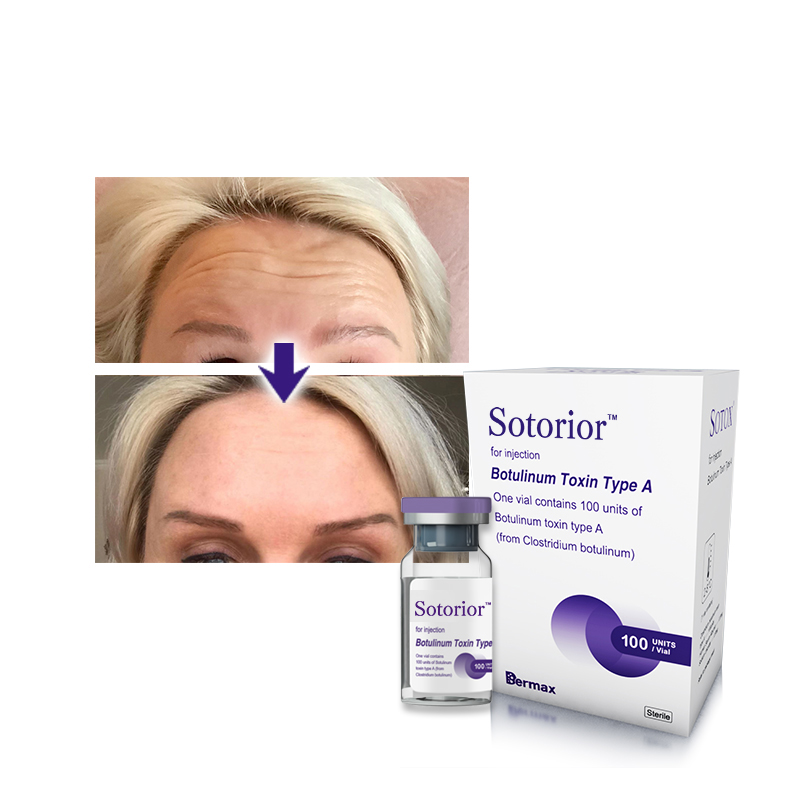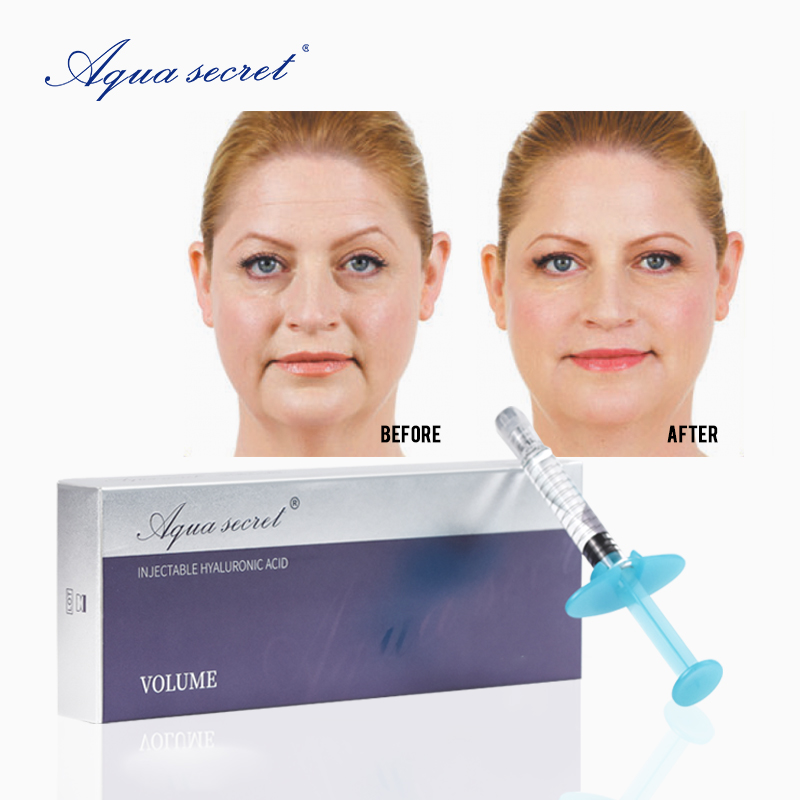Botulinum Toxin And Dermal Fillers: Which Is Right For You?
In the world of cosmetic enhancements, botulinum toxin and dermal fillers stand out as two of the most popular treatments for facial rejuvenation. Both procedures are non-surgical and offer effective solutions for those seeking to combat signs of aging or enhance their facial features. However, while they share a common goal of improving appearance, botulinum toxin and dermal fillers work in very different ways. So which treatment method is right for you? This article will give you the answer.
Understanding Botulinum Toxin
Botulinum toxin is a neurotoxin that temporarily paralyzes muscles to reduce the appearance of dynamic wrinkles, such as Sotorior™ botulinum toxin, which is vacuum dried and 99.9% pure. Dynamic wrinkles are those that form due to repetitive facial movements, such as frown lines, crow’s feet, and forehead creases.

How It Works:
Botulinum toxin injections target specific muscles responsible for these expressions. By blocking the nerve signals that cause muscles to contract, the treatment smooths out wrinkles and lines, creating a more relaxed and youthful look. It is most effective for addressing expression-related wrinkles, but it does not add volume to the skin. The results from botulinum toxin injections last about three to six months, meaning regular maintenance is required to maintain the effect.
Benefits Of Botulinum Toxin:
- Fast Results: Typically, patients see a noticeable improvement within a few days after treatment, with full results appearing after one to two weeks.
- Minimal Downtime: The procedure is quick, often completed in less than 30 minutes, and patients can resume most normal activities immediately.
- Subtle Enhancement: The effect is natural-looking when done by a skilled professional, making you look refreshed without appearing "frozen."
- Customizable: Botulinum toxin can be precisely administered in specific areas, allowing for targeted treatments.
Understanding Dermal Fillers
Dermal fillers, such as those made with hyaluronic acid, calcium hydroxylapatite, or poly-L-lactic acid, are designed to add volume and smooth out static wrinkles—those that are present even when the face is at rest. Popular brands like Aqua Secret®, Revisage® and CHArmacy™ offer a range of fillers for different areas of the face.

How It Works:
Dermal fillers are injected into the skin to restore lost volume, enhance contours, and plump up areas such as the cheeks, lips, and under-eye hollows. They can also smooth out deep lines such as nasolabial folds (the lines running from the nose to the mouth) and marionette lines (lines from the mouth to the chin). Similar to botulinum toxin, dermal fillers are not permanent, and touch-up treatments are needed to maintain results.
Benefits Of Dermal Fillers:
- Immediate Results: Unlike botulinum toxin, dermal fillers provide instant results, with the treated areas looking fuller and smoother right after the procedure.
- Volume Restoration: As we age, we lose collagen and fat in the face, leading to a hollowed or sagging appearance. Dermal fillers effectively restore this volume, giving the face a more youthful and lifted look.
- Longer-Lasting Effects: Depending on the type of filler used, results can last anywhere from six months to over two years.
- Versatility: Fillers can be used in a wide variety of facial areas, from enhancing lips to contouring the jawline and even rejuvenating the hands.
Choosing The Right Treatment For You
Now that you understand the key differences between botulinum toxin and dermal fillers, how do you decide which is best for you? The answer depends on several factors, including your age, the specific areas you want to treat, and your desired results.
1. Wrinkle Type:
If your primary concern is dynamic wrinkles caused by facial expressions (like frown lines or crow’s feet), botulinum toxin is likely the best option.
If you’re dealing with static wrinkles and volume loss (like deep folds or sunken cheeks), dermal fillers are typically more effective.
2. Facial Contouring:
Botulinum toxin cannot add volume or contour to the face, but dermal fillers can. If you want to enhance your cheeks, lips, or jawline, dermal fillers offer the volume boost you need.
If you're only looking to smooth out wrinkles without changing the structure of your face, botulinum toxin might be a more straightforward solution.
3. Age:
Younger patients (in their 20s or 30s) may benefit more from botulinum toxin to prevent dynamic wrinkles from becoming permanent, while older individuals (40s and beyond) often need the additional volume provided by dermal fillers to address sagging and deeper lines.
4. Desired Outcome:
If you're looking for subtle refinement and natural-looking rejuvenation, botulinum toxin is often the go-to choice. It can gently soften lines without making drastic changes to your appearance.
On the other hand, if you're looking for more dramatic results—such as lifting sunken cheeks, plumping lips, or reducing deep folds—dermal fillers are better suited for these types of enhancements.
5. Combination Treatments:
For many people, the best option isn't choosing between botulinum toxin and dermal fillers, but rather combining the two for comprehensive facial rejuvenation. By using botulinum toxin to smooth dynamic wrinkles and fillers to restore lost volume, you can achieve a well-balanced, youthful appearance.
Conclusion: Which Is Right for You?
Both botulinum toxin and dermal fillers offer powerful anti-aging solutions, but they work in different ways and target different concerns. Ultimately, the right choice depends on your specific needs and aesthetic goals. Whether you're looking to smooth out wrinkles, add youthful volume, or achieve a subtle facial refresh, both botulinum toxin and dermal fillers can be excellent choices when administered by a qualified professional. If you are unsure, contact our professionals today for a consultation to determine which treatment or combination of treatments will best give you the results you want.


